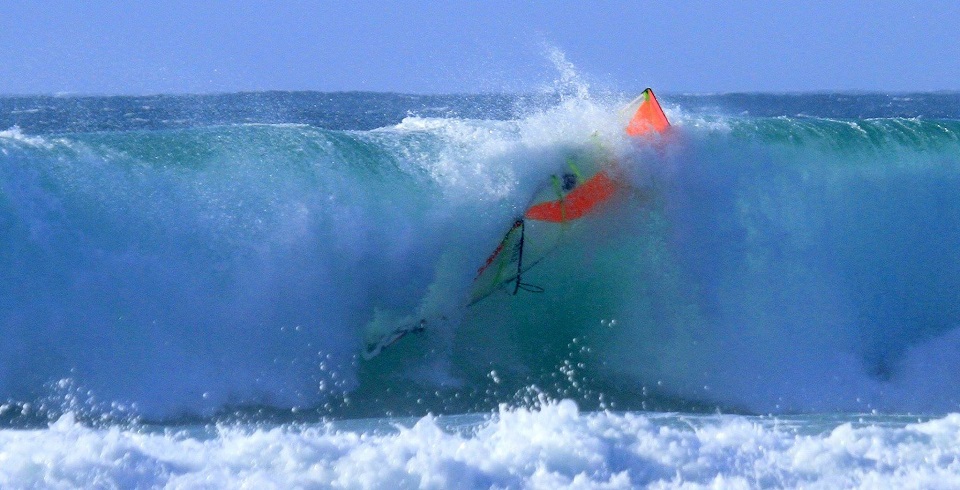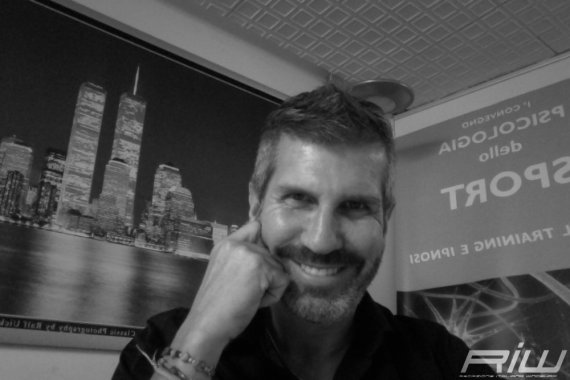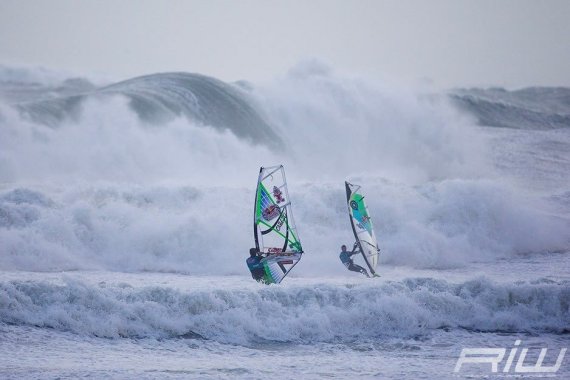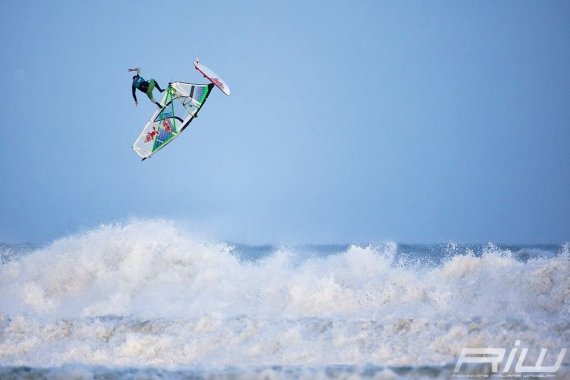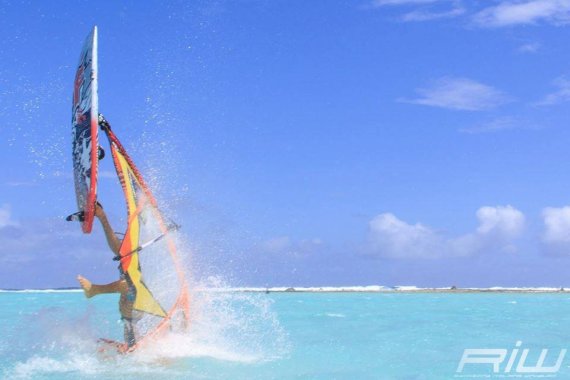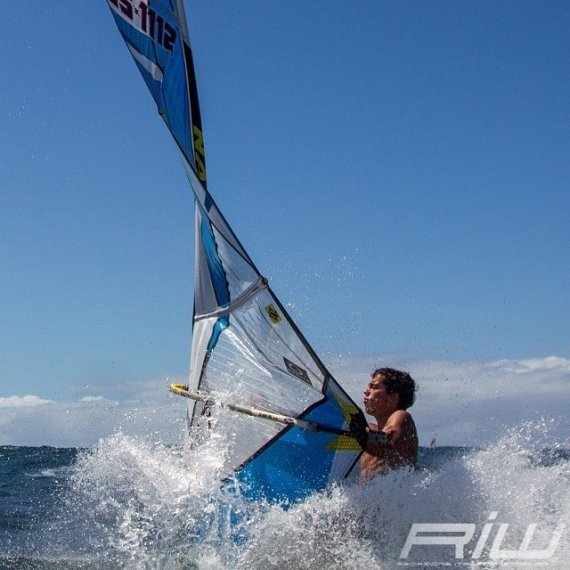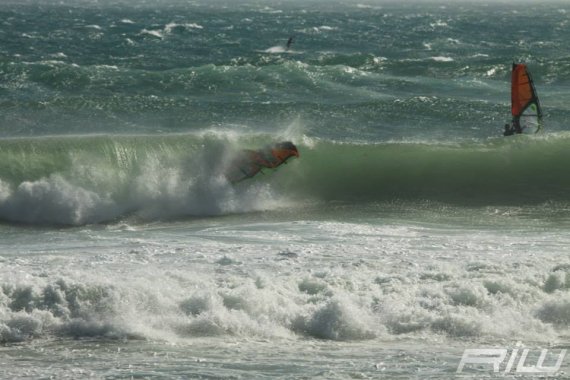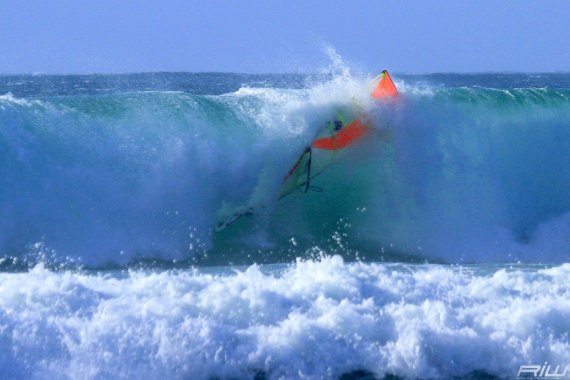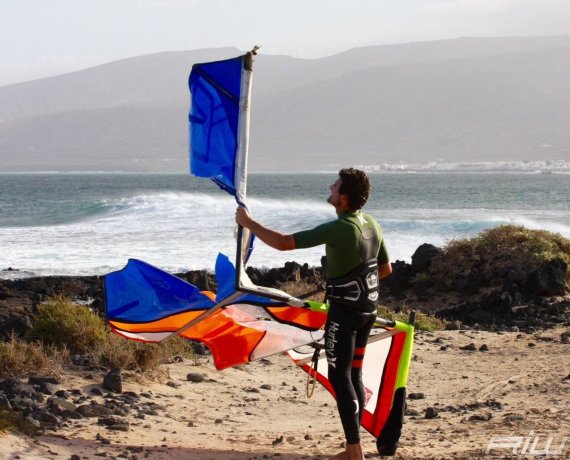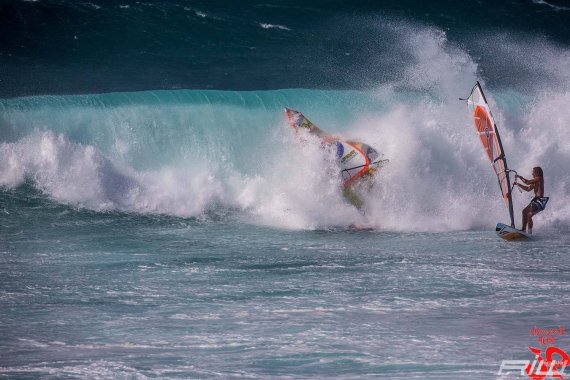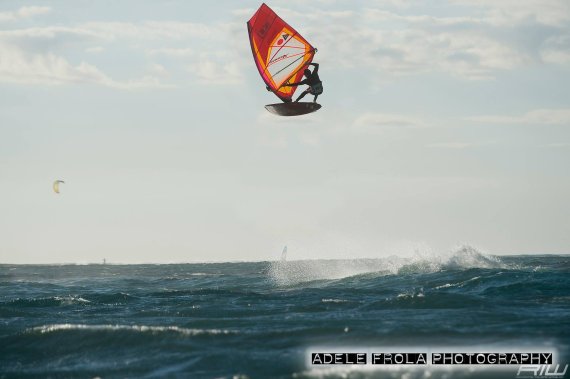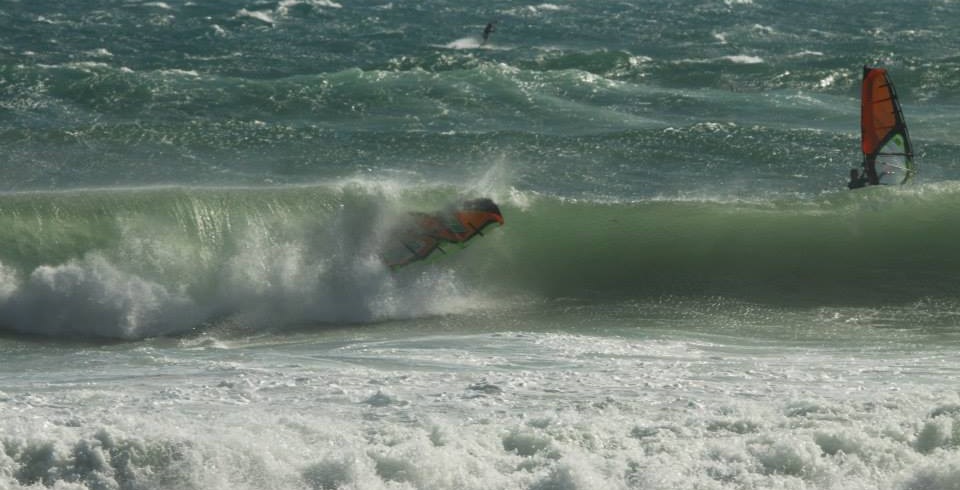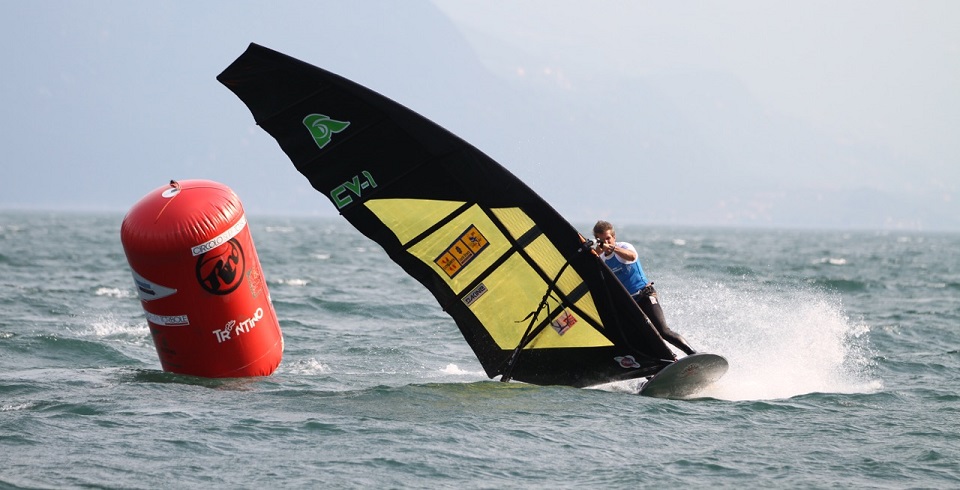Massimo Masserini, atleta regatante italiano di grande spessore tecnico (campione del mondo master slalom IFCA 2006, campione del mondo FW GMaster 2009, CAMPIONE DEL MONDO GMaster FORMULA WINDSURF 2010) ma anche Psicologo Clinico, Psicologo dello sport, Pedagogista, Ipnotista e sessuologo clinico, professore all’universita’ Popolare di Bergamo Nicholas Flamel, ha preparato la sua seconda puntata per RIWmag sviluppando il concetto della resilienza nello sport.
“Ciò che non mi uccide mi rende più forte” F. Nietzsche
Il termine resilienza, in fisica, indica la proprietà di un materiale di resistere a stress, cioè a sollecitazioni ed urti, ri-tornando alla sua forma o posizione originale.
Molteplici definizioni psicologiche sono state elaborate sul concetto di resilienza in letteratura: Rutter (1985) che ritiene che la resilienza sia la capacità di “rimbalzare” o far fronte con successo alle difficoltà; Gordon (1995) pone l’enfasi “sull’abilità di crescere bene”, maturare e aumentare le proprie competenze di fronte alle circostanze avverse;
Walsh (2003) definisce “l’abilità di resistere” e far fronte alle sfide distruttive che a volte la vita impone, un processo dinamico che sostiene, incoraggia e promuove la capacità di lottare, superare ostacoli e costruire nuovi progetti del soggetto, al fine di poter vivere pienamente in modo positivo.
In Psicologia e in particolare in psicologia dello sport, questo termine è utile per fornire all’attore della domanda, strumenti per accrescere la propria autostima, per credere in se stessi, utilizzare le proprie possibilità, porsi obiettivi e progetti. Nella Resilienza si deve avere una “causa-effetto”; un precedente e un conseguente: una difficoltà, un disagio, un trauma ecc. e seguito da una conseguenza ( un pensiero, un comportamento ecc). Ogni soggetto è unico ed irripetibile, di conseguenza reagirà ad eventi della vita in modo razionale e/o inconscio in modo diverso; ognuno troverà, o non troverà il suo proprio ed unico modo di “resistere”. Ma solo le persone “resilienti”, imparano a utilizzare le propri qualità, le proprie possibilità per riorganizzare la loro sfera emotiva, cognitiva, comportamentale e affettiva.
In poche parole i soggetti resilienti sono “attori” dei propri cambiamenti per riportarsi in una situazione di benessere, gli altri saranno incapaci di cambiamenti e saranno destinati a subire la vita adattandosi “passivamente” ad essa.
La persona resiliente tende a “vedere” eventi negativi con serenità e momentanei e con la propria autoefficacia percepita, ritiene di avere un ottimo controllo sulla propria vita e sul proprio contesto; è attivo nel voler cambiare, è portato, come lo sportivo agonista, a prendere le sfide come opportunità, e non come minacce.
La frase “mi piego ma non mi spezzo” è emblematica in ambito sportivo; dovrebbe essere utilizzata in ambito clinico e nella vita di tutti i giorni, per affrontare le difficoltà con la consapevolezza, con la giusta volontà e motivazione.
Ci si può piegare, ma mai spezzare definitivamente. Il campione affronta la sconfitta con grinta e determinazione , analizza la sconfitta, e la sua motivazione è orientata alla voglia di rifarsi, di migliorare sempre, di tornare a riprovare a “vincere”. La persona resiliente esce rafforzato dalla sconfitta, cerca di trovare i giusti percorsi per ri-provare a vincere. Nel carattere di ogni soggetto possiamo già vedere da giovani quanto si può essere “resilienti”. Campioni si nasce, difficilmente si diventa. Ciononostante, ogni soggetto può nel tempo, e soprattutto se seguito in modo adeguato, migliorare la propria capacità ad essere resiliente.
Nei soggetti che subiscono traumi o lutti, l’essere resilienti può essere d’aiuto per superare il momento doloroso, senza cadere nella depressione, nel disturbo post traumatico da stress, nel panico, e dall’esperienza dolorosa ne usciranno più forti e rinfrancati.
La caratteristica principale delle persone resilienti, è soprattutto il coraggio; il coraggio di affrontare la vita senza fuggire, senza nascondersi, a viso aperto. Coraggio non vuole dire incoscienza, ma anzi, consapevolezza dei propri limiti, e soprattutto delle proprie grandi risorse e possibilità, e consapevolezza di come utilizzarle.
Altra caratteristica delle persone resilienti è la flessibilità, opposto della rigidità, di pensiero ma anche fisica. La flessibilità porta il soggetto ad adattarsi alla nuova situazione, al nuovo contesto e progettando il possibile processo di cambiamento, alla nuova soluzione.
Gli atleti sportivi, abituati alla competizione, sanno adattarsi meglio a prendere decisioni immediate, consapevoli e orientate a provare la nuova direzione, per raggiungere il loro nuovo obiettivo.
Per A. Maslow: “Lo stress è in grado di annientare le persone se queste sono fin dall’inizio troppo deboli per tollerare l’ansia e le difficoltà; altrimenti, se sono già sufficientemente forti da affrontare le avversità a viso aperto, esse le supereranno e si ritroveranno rafforzate, temprate e ancora più forti”
Ogni persona non è mai sola, è circondato da persone e attività che se “viste” con la giusta ottica sono delle risorse, delle possibilità. Molto spesso le persone accanto sono viste solo come “spalla su cui piangere” e non come soggetti utili per una ripartenza forte e determinata.
Spesso invito le persone in difficoltà a fare sport, attività fisica e movimento, per crearsi nuove sfide, obiettvi (goal setting in psicologia dello sport), e cosi’ poter avere una mente e un fisico più pronto a superare ogni difficoltà.
Molte persone, a seguito di un evento negativo restano “intrappolati” nel dolore, perdono il controllo della propria vita e non la riorganizzano, alcune persone poi esplodono a livello emotivo, scaricano su chiunque la loro rabbia e tensione, diventando anche violenti. Altre persone invece si chiudono in se stesse, entrano in uno stato di confusione e depressione: si sentono impotenti verso gli eventi e non tentano di modificare la situazione, anzi molte volte scappano da essa. Infine altre persone si sentono “vittime” e danno sempre la colpa agli altri e all’ingiustizia della vita o alla sfortuna.
Le persone resilienti, e in questo gli agonisti sportivi lo insegnano (ma non tutti), superano le difficoltà, o comunque ci tentano sempre, si focalizzano sul nuovo contesto, e affrontano a viso aperto le nuove sfide, apprendendo sempre dai propri errori: si rialzano più forti e determinati di prima.
Bibliografia
Bertetti,B. (2008). Oltre il maltrattamento: La resilienza come capacità di superare il trauma. Milano: Franco Angeli.
Block, J.H.,&Block,J. (1980). The role of ego-control and ego-resiliency in the origination of behavior. In C.WA (Ed.),The minnesota symposia on child psychology. Hillsdale: Erlbaum.
Bronfenbrenner, U. (1979). Ecologia dello sviluppo umano. Bologna: Il Mulino
Connor, K. D., J. (2003). Development of a new resilience scale: The connor Davidson resilience scale. Depression and Anxiety.
Malaguti, E. (2005). Educarsi alla resilienza: Come affrontare crisi e difficoltà e migliorarsi. Trento: Edizioni Erickso.
Maslow, A. H. (1971). Verso una psicologia dell’essere.Roma: Astrolabio Ubaldini.
text: Massimo Masserini 4 www.RIWmag.com
photo courtesy: Challenger Sails, Adele Frola Photography, Jason Polakow, MaverX, Naish Windsurfing, Reptile, Simmer, Witchcraft Sailboards Fuerteventura

